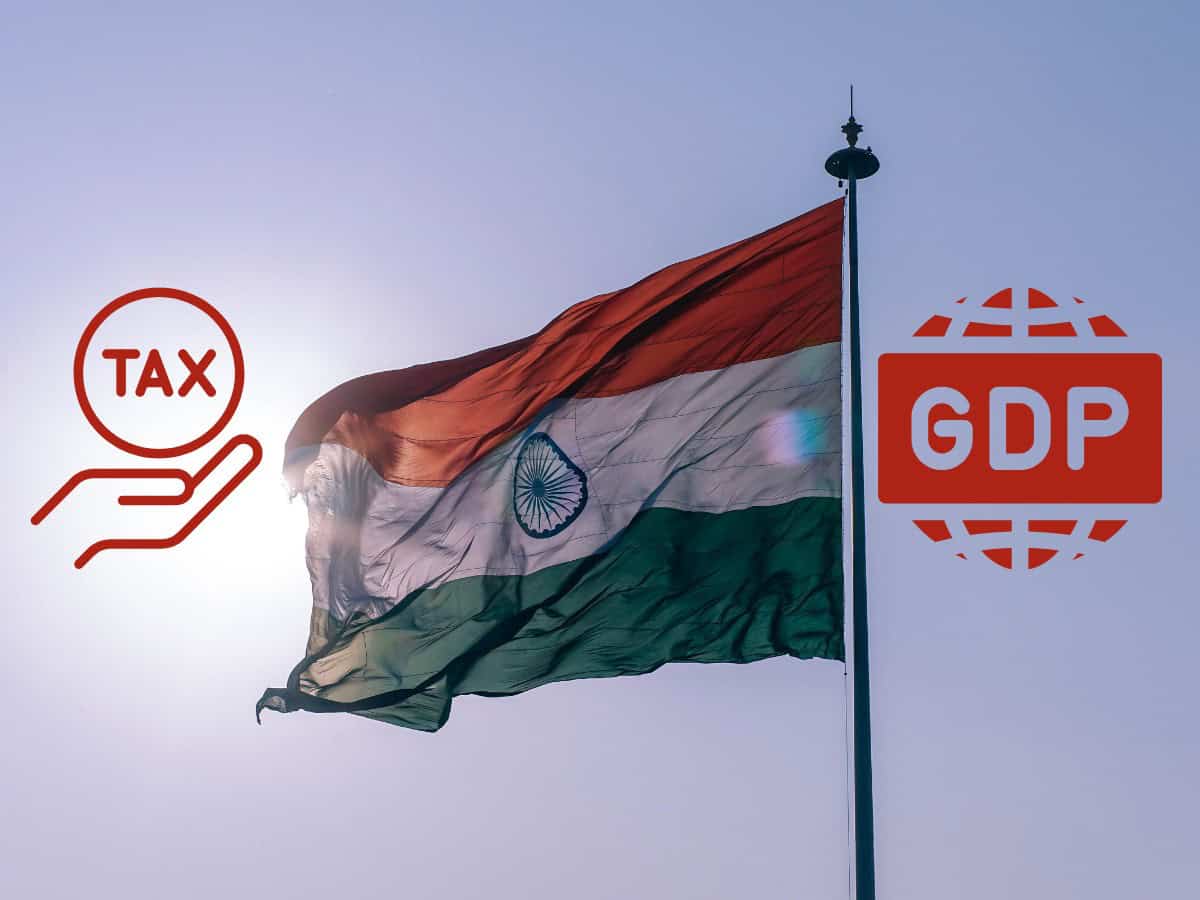
By Anandini Gupta
India is now the 5th largest economy in the world. This narrow GDP-centric metric is often mistakenly understood as a representation of the progress and growth of the country as a whole. When looked at from a deeper lens, despite seeing GDP growth, the skewed metric does not convey the true picture of inequality and disparity in the economic prowess of the people. Effective taxation systems and budgetary allocations play a vital role in wealth redistribution and efficiency of fund utilisation.
Progressive tax structures needed
The European tax models, such as those used by France and Belgium, speak to the effectiveness of coupling progressive tax structures and strong welfare systems in attaining a high-growth, low-inequality society.
However, one key difference between the European nations and India, which poses a fundamental challenge in implementing such policies, is the proportion of taxpayers. The European setup is sustainable because the majority of the population in those countries pays tax. A large section of the people are participants in the formal economy and so are accounted for, both under tax and welfare systems. In contrast, only about 2.2% of the India population pays tax. Expressed from a per-capita income standpoint, an Indian would need to earn 6 times the national per capita income to fall within the taxable segments. Considering that this translates to only the top 5% to10% liable to pay income taxes, expenditure cuts by the government is the only way the Indian government has succeeded in maintaining fiscal consolidation.
Are tax exemptions widening disparity?
Tax exemption schemes today further add to the inequity in India. An example that truly captures this widening disparity among the wealthy segment of India, is that corporations with Rs 500−1000 crore turnover pay lower corporate tax than those with turnovers of Rs.150−200 crores.
The rationale behind exemptions and tax rate cuts, whether within the nation or foreign duties, remains unclear. If the basis was to encourage investment in India, we are still not at competitive par with other Asian economies, achieving neither manufacturing and FDI influx nor sufficiency of revenue collected by the government.
An issue with State complacency?
The shrinking size of the central government and the taxes collected bear a direct impact on the tax devolution from the centre and the states. Consider the case of the educational landscape. The distribution of public expenditure on education indicated that now the contribution of the centre is less than a quarter, while states have to bear the remaining three quarters. Further adding to the challenge of the states receiving inadequate funding, the union government has been levying education cess. Unlike the divisible pool consisting of proceeds of standard taxes, which is shareable, the proceeds of cess and surcharges are non-shareable with state governments.
While this highlights the difficulty of state governments to receive funds and reduce avenues to raise funds, the state governments can also employ more effective means of raising funds within sectors that fall within the state’s financial jurisdiction. As Subhomoy Bhattacharjee, consulting editor, Business Standard, suggests, if matters such as liquor taxes were made into central subjects, states would be compelled to tax sources that would have pushed manufacturing and more progressive sectors instead. The convenience of the revenue sources, such as liquor taxes, has made States complacent in utilising more progressive and innovative methods to generate revenue. Well-structured and categorised real estate tax hikes are the other under-utilised state segments. Similarly, power (electricity) and GST taxes speak to the centre-state relation and potential of state governments to generate revenues themselves.
Powering forward
India’s growth cannot be complete unless social and economic equity and sustainable development measures are attained. The way forward lies beyond merely collecting more taxes, but in taxing smartly, spending wisely, and governing collaboratively. Economic growth, coupled with progressive taxation and public expenditure, is the key to inclusive development and turning development into shared prosperity.
(The Centre for Development Policy and Practice held a conference in Hyderabad on March 28, 2025, titled “Development Policy and Practice Conference, 2025.” This article is based on the panel discussion on “Prosperity Through Tax. Navigating the Tax System, Devolution and Cooperative Federalism.”)
Anandini Gupta is a Research Intern at the Centre for Development Policy and Practice (CDPP), with previous work experience in finance and communications. She holds a Bachelor’s degree in Mathematics and Financial Analysis and Risk Management from the University of Waterloo, Ontario, Canada.



